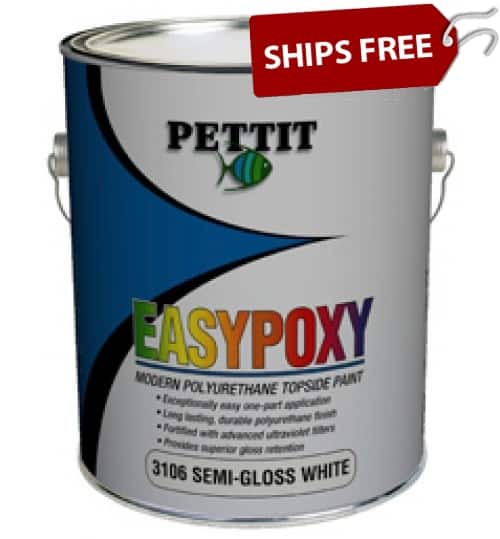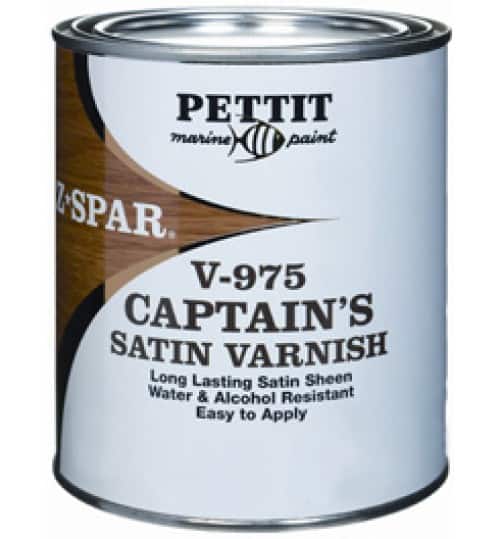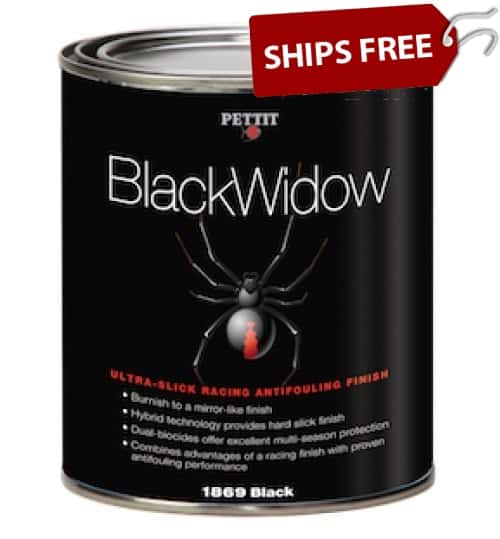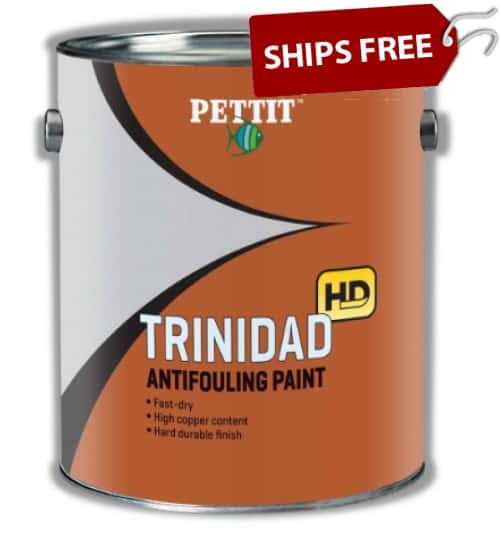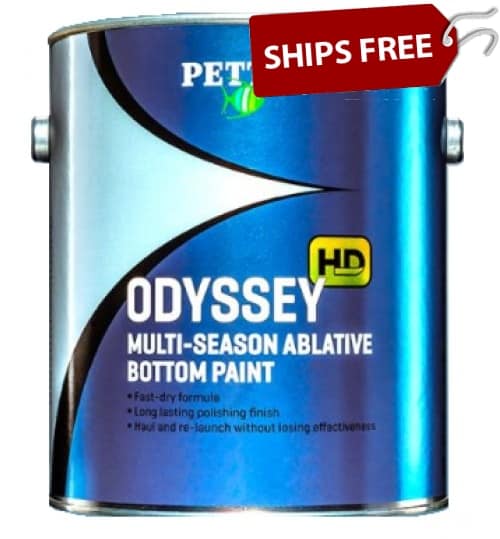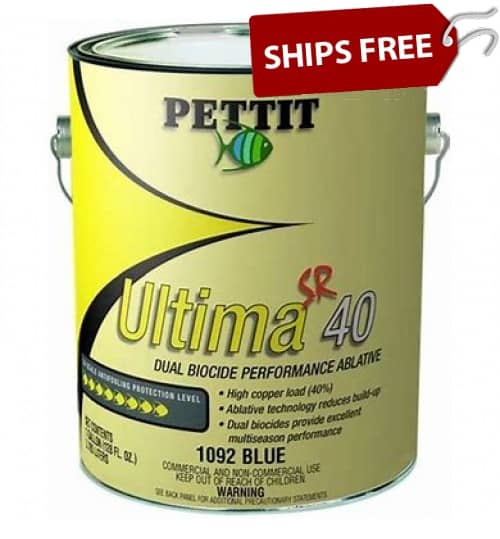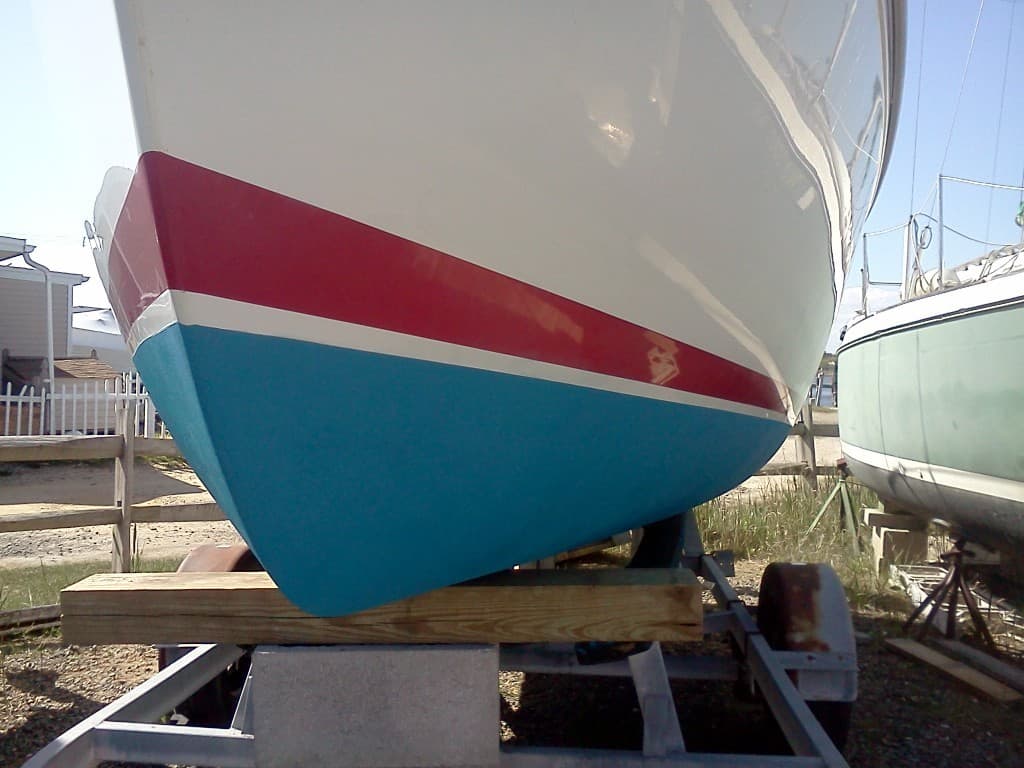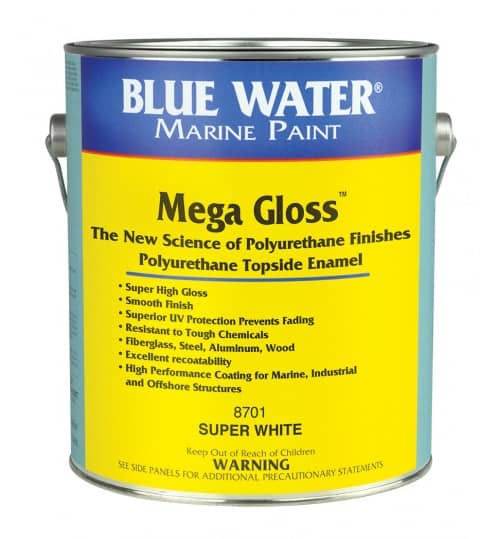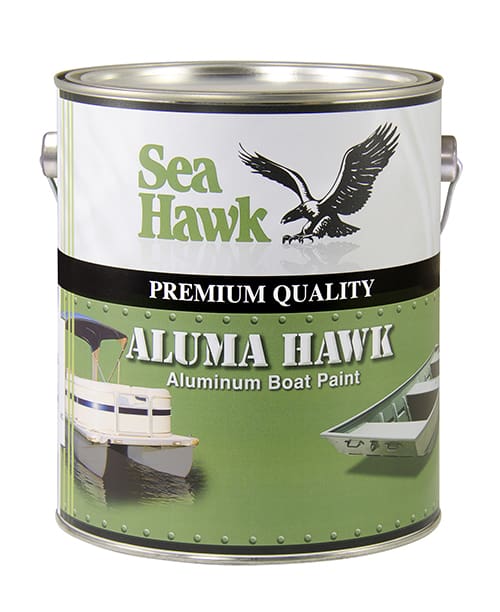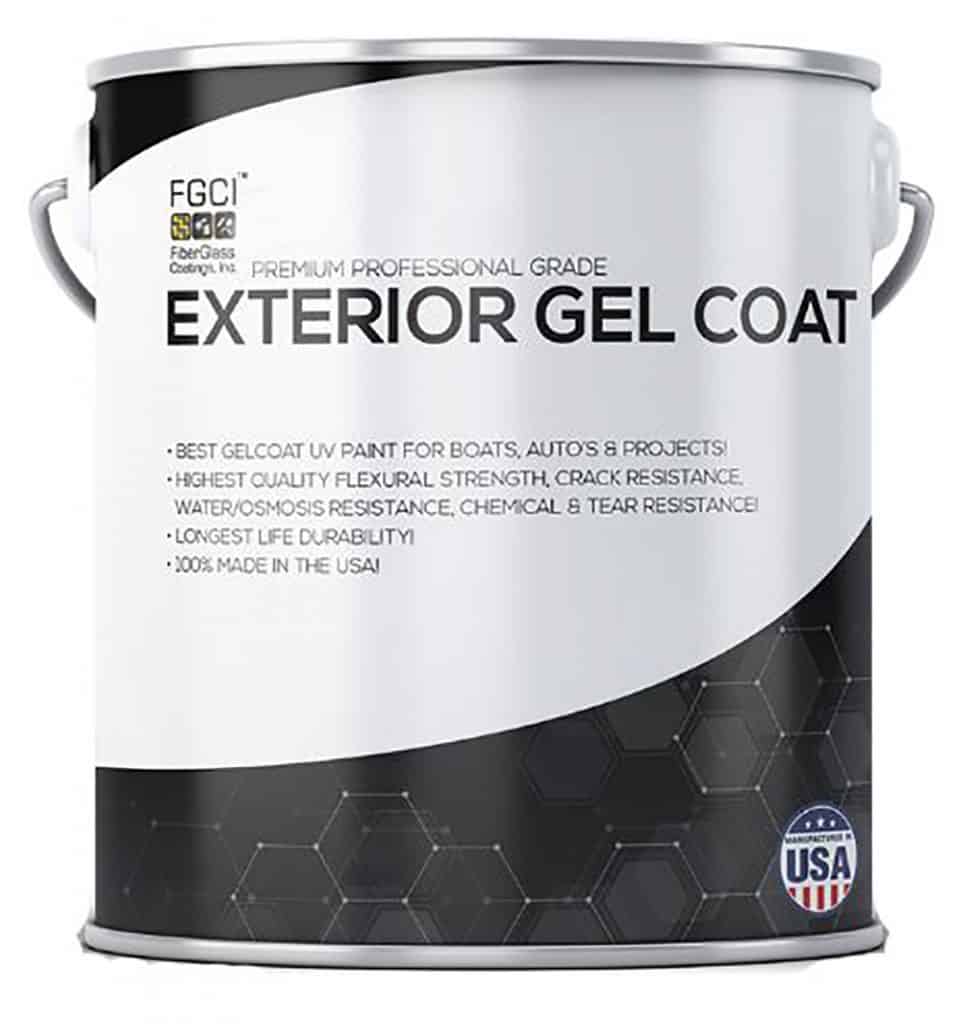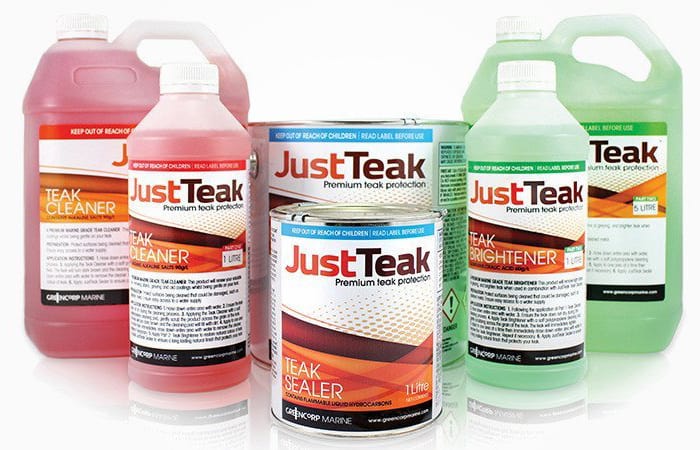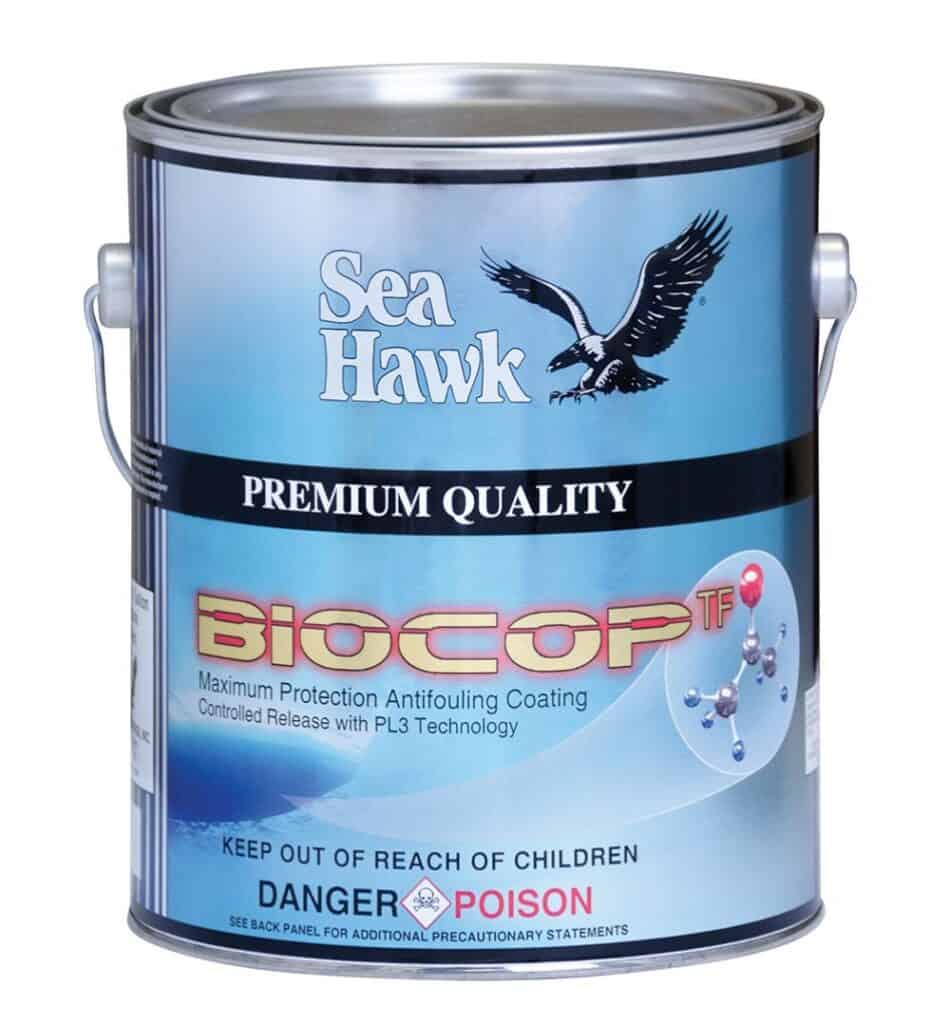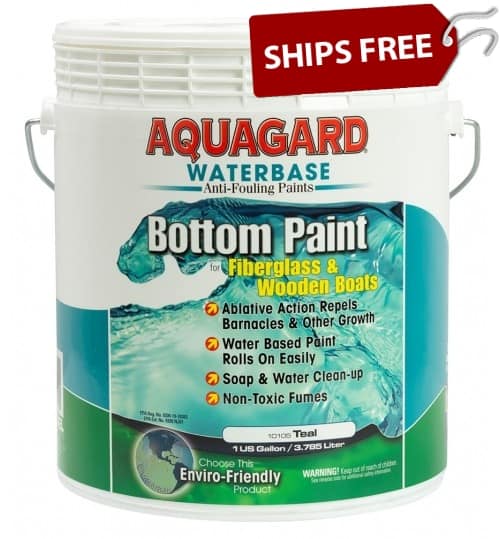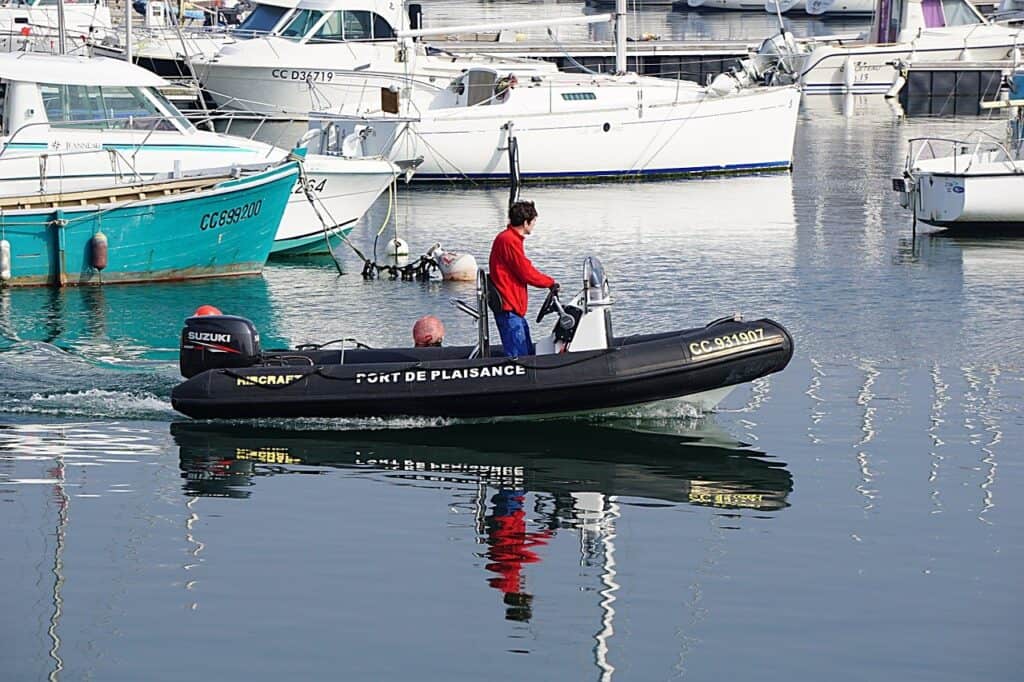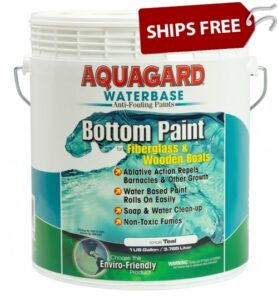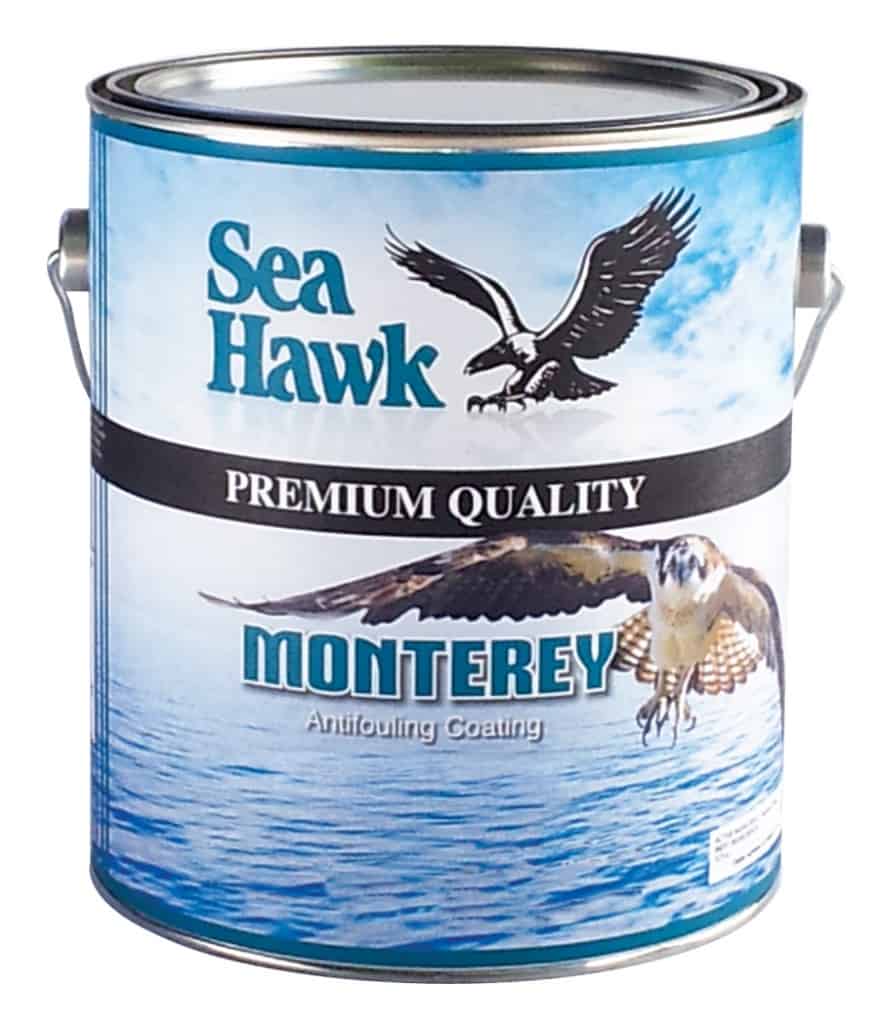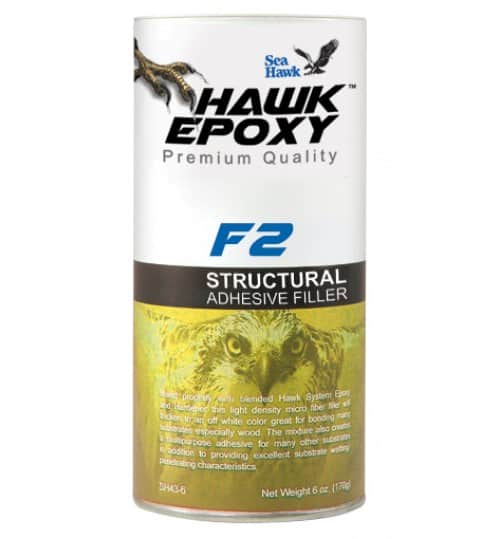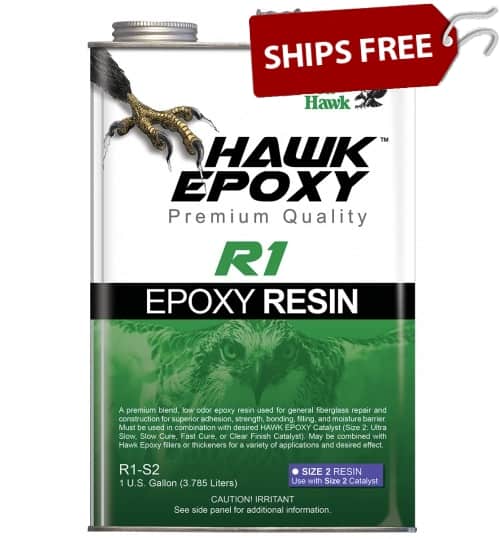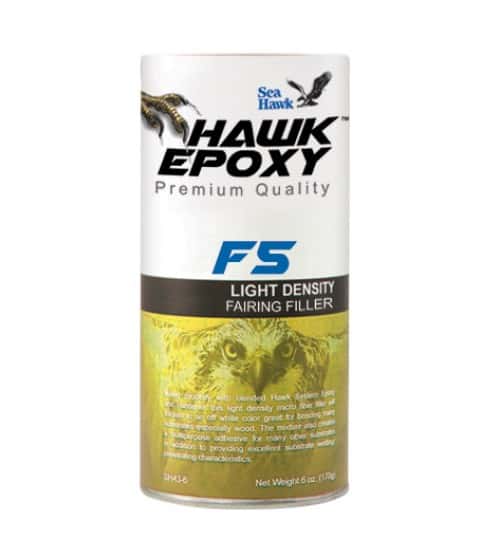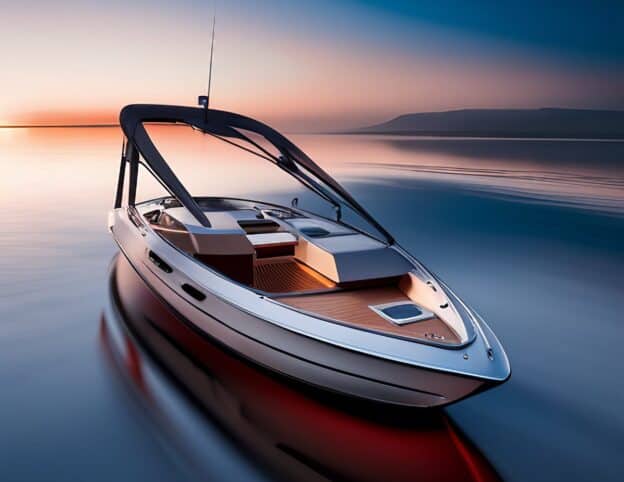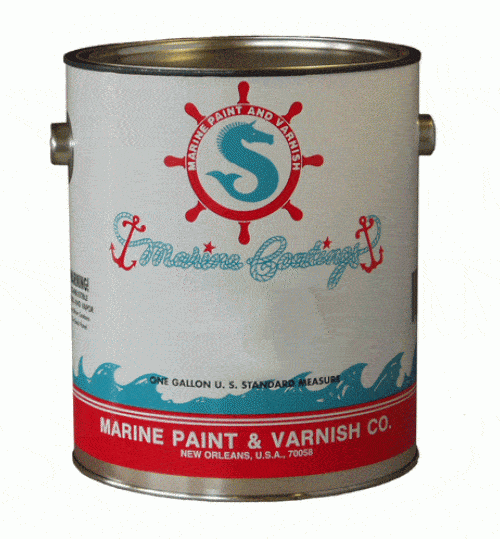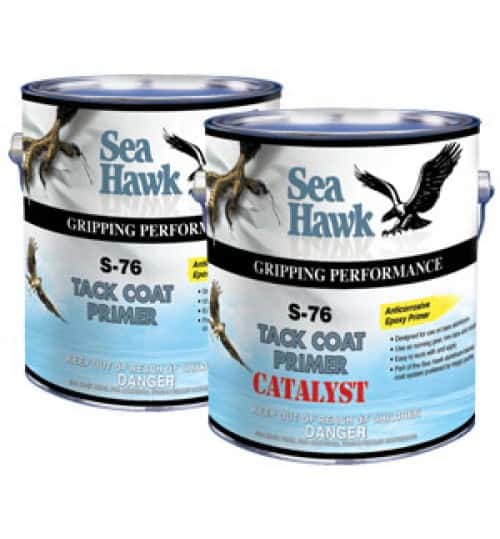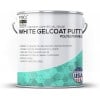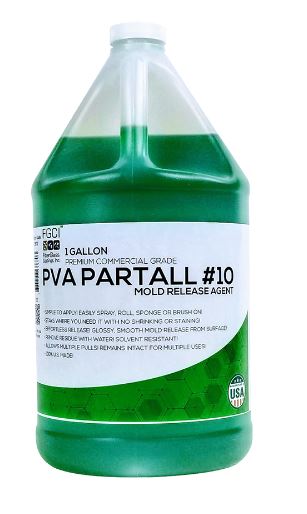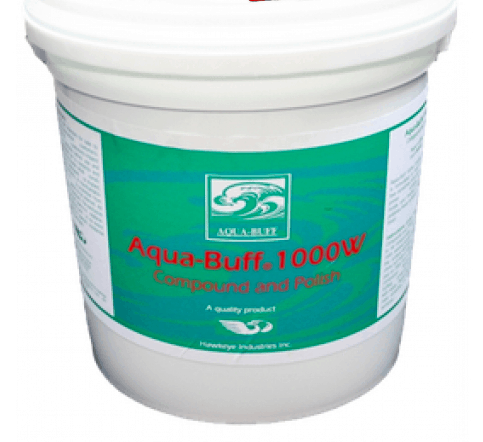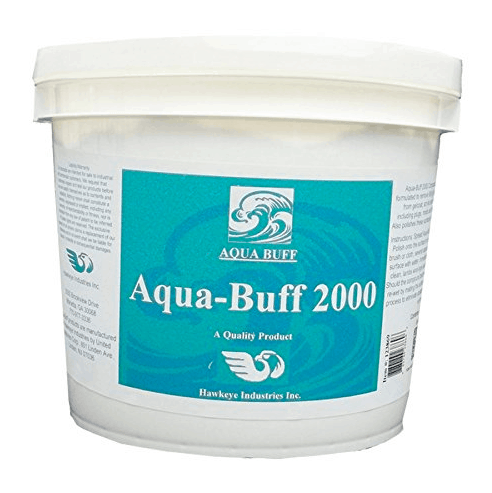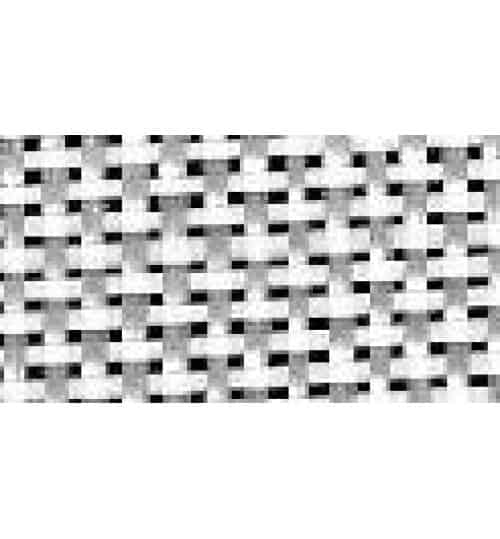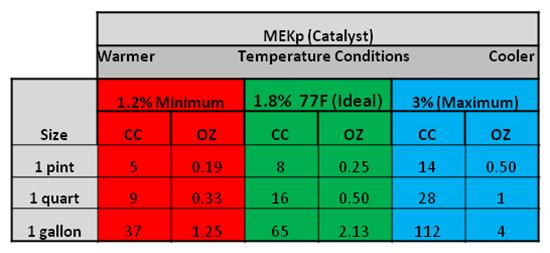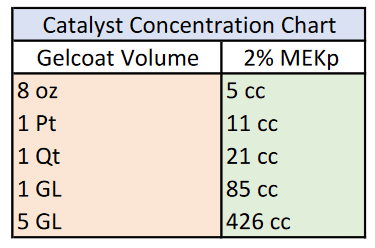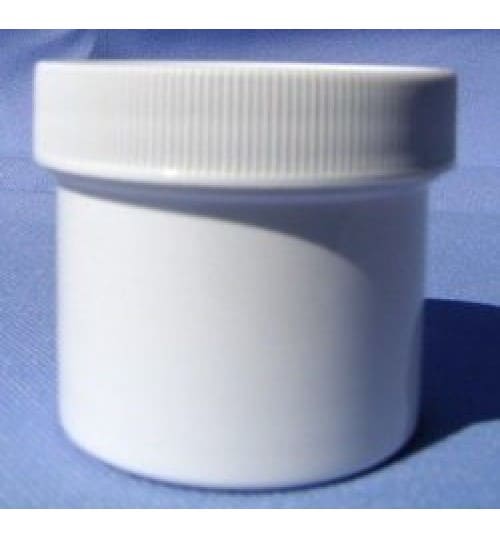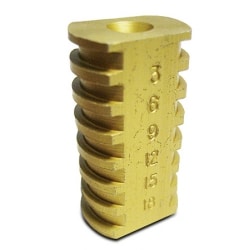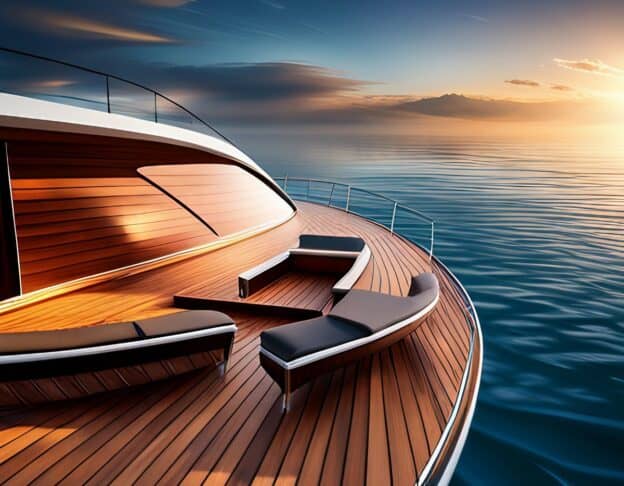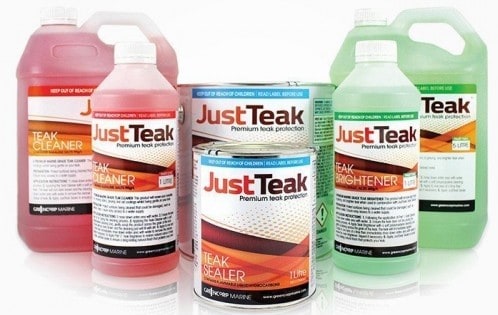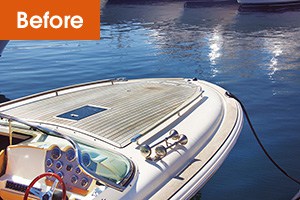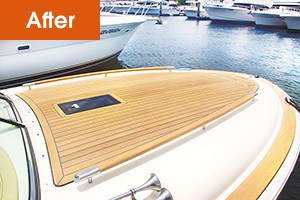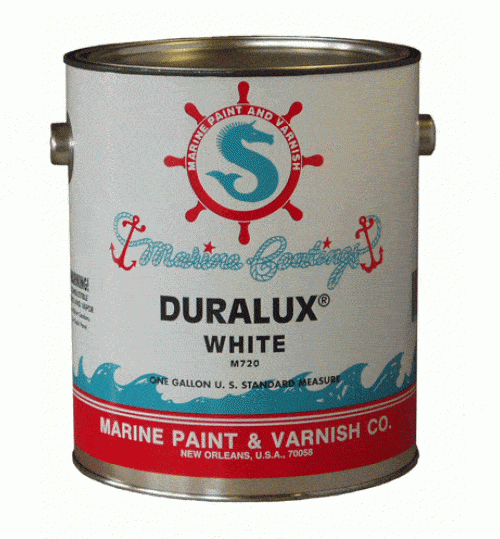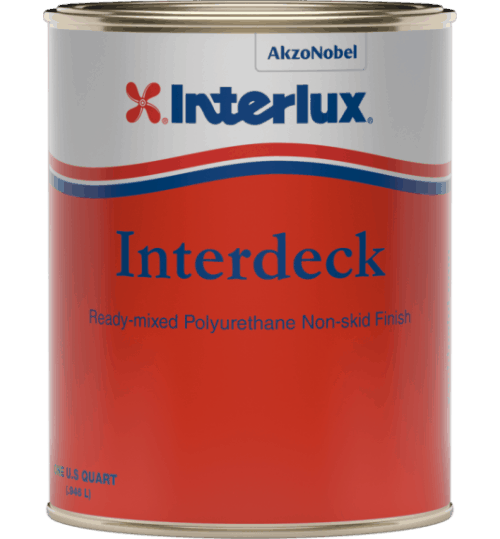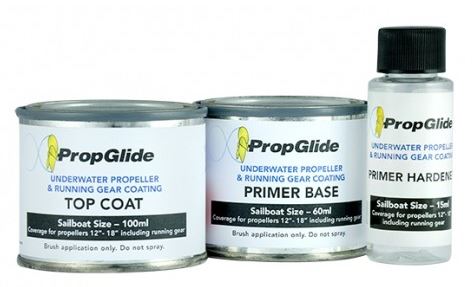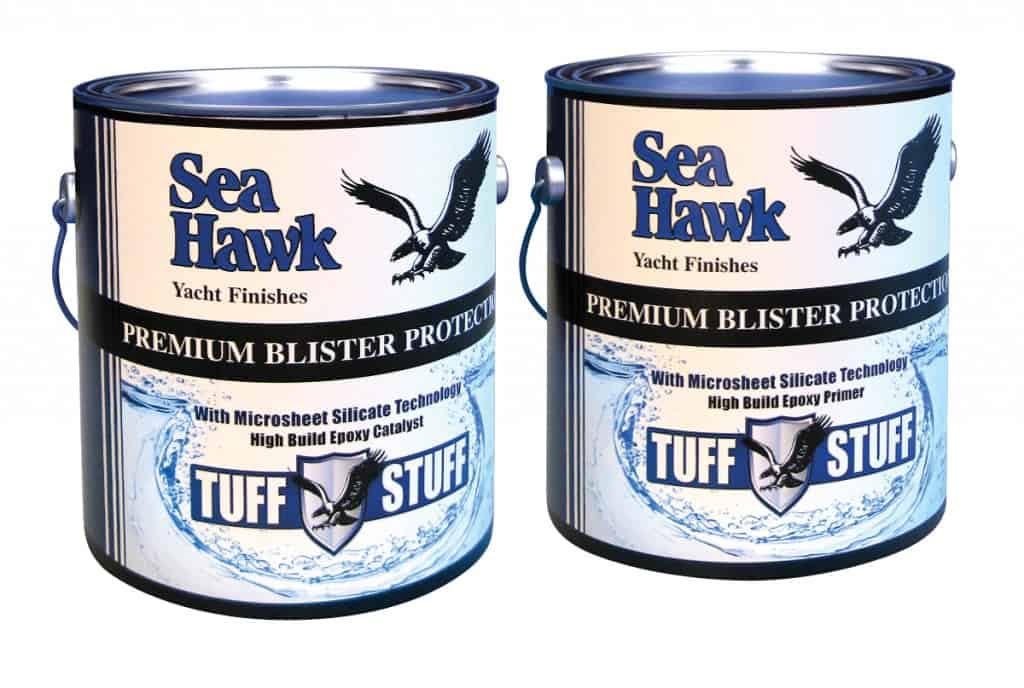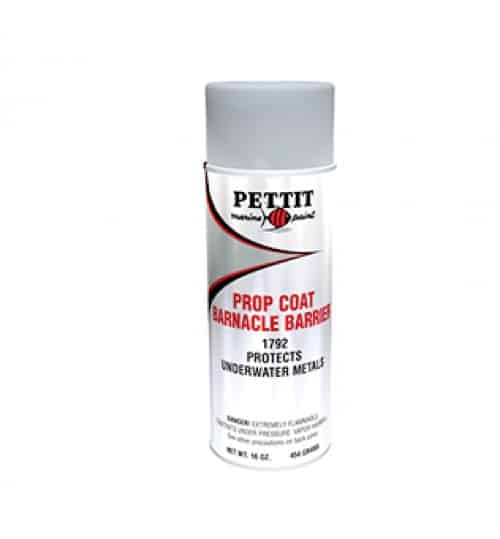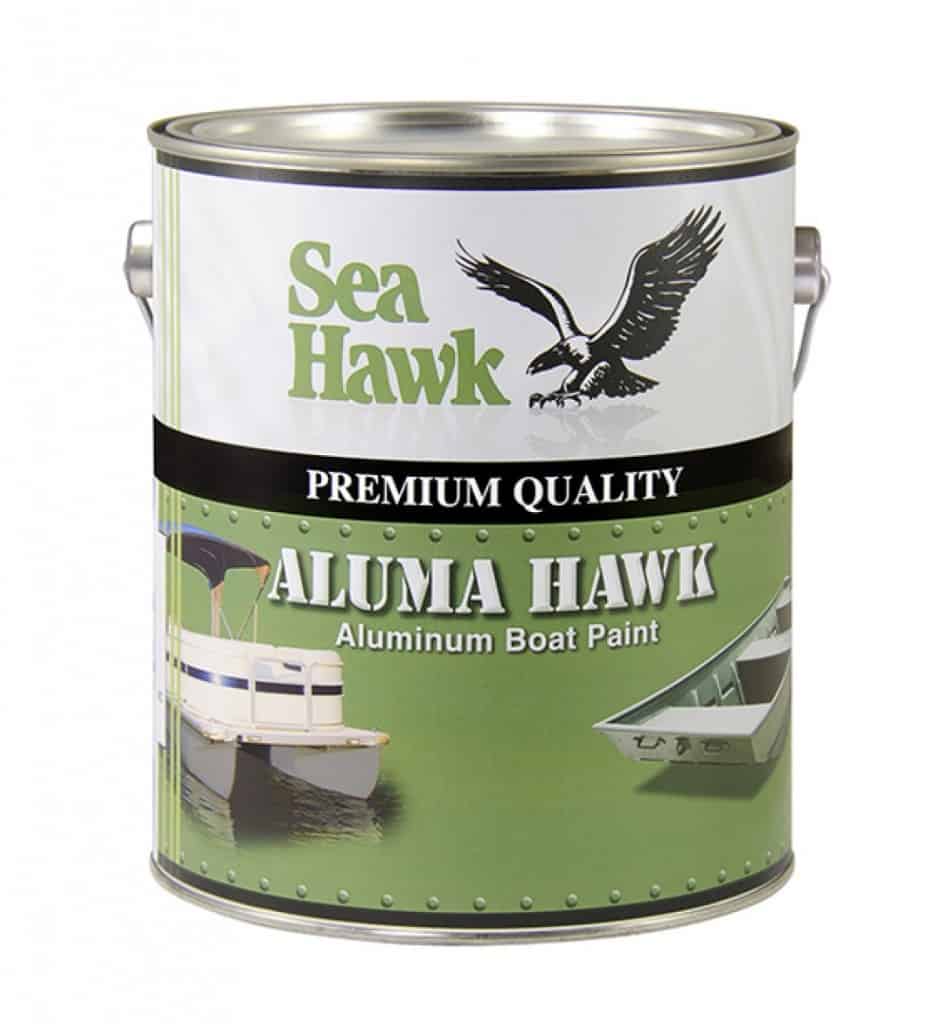Customer Reviews of Sea Hawk Paints
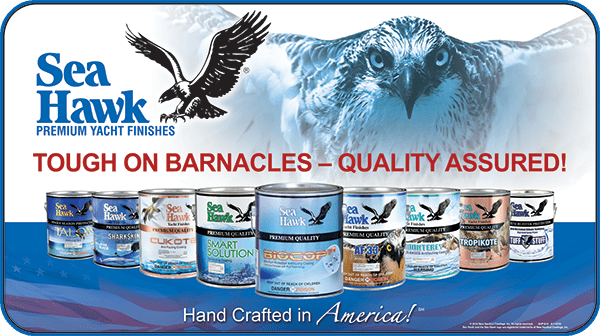
Sea Hawk Paints is an American manufacturer of premium performance antifouling paints and coatings, dedicated to bringing the highest quality products to boat enthusiasts.
Bottom Paint Store is a proud Sea Hawk paints distributor, and we have received a lot of Verified Reviews from actual customers using Sea Hawk marine paints. Although the reviews are listed on each of our product pages, we thought it would be helpful to share a collection of some of the reviews on one page.
Sea Hawk Aluma Hawk Paint Reviews
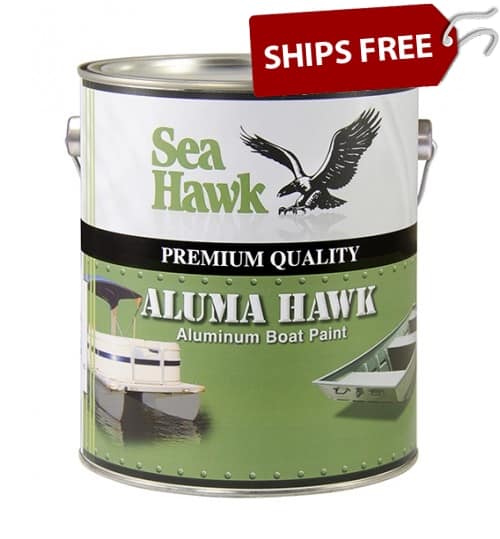
Seahawk aluminum boat paint is perfect. No primer required. I’ve used this paint for two years with excellent results. – William E.
Great product. – Kody L.
Very impress with the paint covering, 1 1/2 half gallon for my 20 feet pontoon.- Cristian V.
Adhesion seems better than most paints even when not fully cured. Liking what I see so far. – Mark L.
Great paint and easy to use. Took a little bit longer to dry than expected, but that was mostly a humidity issue on my end. Looks great and it will buy it again if I need some more for anything.- Eddie C.
Haven’t used it yet but I ordered it because of its good reviews on YouTube.- Jesse H.
Great product. Bruce D.
Excellent product for my Jon Boat- Dennis E.
Looks great! Sam B.
I learned several things about this paint; 1. Make sure you apply it soon after you receive it. If it’s going to sit for a couple of weeks, you will need to stir it very well to break up chunks in the bottom of the can. 2. Two quarts are not enough to paint the bottom hull of a 14-foot aluminum Jon boat. It will take at least 3 quarts for 1 coat. 3. Wear gloves. If you get this on your hands, it will take longer to get off than regular paints. 4. It takes a week to cure. It says so on the can and I can see that. Even though the paint appears dry after a few hours, it’s still tacky. So, you will need to have some patience. Seriously, this is not like painting other objects like wood. Read all the directions and act accordingly. Keep in mind that this is for boats that will routinely be out of the water. It has no anti-fouling properties, and that’s OK if you’re not going to leave it in the water. Personally, I live in a desert area of Arizona, so not an issue for me. – Kevin P.
The best product for aluminum boats.- Robert D.
Purchased an older small used pontoon for our no motor lake. The bottom crud was like cement and I eventually used a sand blaster wand attachment to my power washer to clean of this crud (unreal). Chose Aluma Hawk paint for the sand blasted pontoons and it worked great. This paint needs to be used in a WELL ventilated area!!! I was outdoors painting with a roller on a calm morning and decided to wait till the wind picked up to finish. Tough durable and easy to use. The green makes it look like its from the military surplus! Love it. Certainly the fish will be confused. LOL.- Keith B.
Smooth application.- Brad H.
Very good paint. – Chris T.
I used a roller went on smooth. – Roger C.
The paint match was pretty close to what the previous owner said he put it on the boat… I only did the transom and some touch up on the sides. Good quality paint for an aluminum boat.- Rich H.
I purchased the Aluma Hawk 7031 lite gray – 1 gallon, which gave me 2 coats on the bottom & 1 coat inside. The factory didn’t recommend spraying the paint, so i rolled it & brushed it on. The paint dries quickly, so you have to work fast to maintain a wet edge. I did small sections at a time to make sure I got even coverage. – Russell S.
Haven’t used it yet. – Joe S.
Love this paint. I painted my jon boat years ago with this stuff. It holds up, doesn’t fall off or fade. Added pods to my boat and had to get another quart. The color matched really well.- Steve K.
Great paint, just needs to be shaken before shipping.- Greg M.
This paint if fantastic! It adhered to my boat very well and it only needed one coat to cover evenly. – Arnold B.
Met all my expectations for painting exterior of houseboat. I strongly recommend!- Marsha M.
Best I ever used on alum!!!!!!!!!!!!!!!!!!!! – Herman B.
The Value is in the Lasting Performance so I shall see. Putting it on, one NEEDS to KNOW what they are dealing with BEFOREHAND as far as Application, in knowing this project should come out perfect. Price of this product should be determined by it’s worthiness over time. Clean Up be SURE to use right Measures and Tools.- Jerry H.
Works good, dries well, one quart did a first and second coat on our jonboat.- Lindsey M.
Anticipating the paint will be great- Paul M.
Great products. – D. Mendez
Great product. Best bottom paint I have used yet. Good ventilation required. -Jon B.
Awesome- Todd Z.
Paint was as advertised. Very pleased with product. Would highly recommend.- Jerry R.
Easy to apply and dried quick, didn’t even really need a second coat but put one on anyway. -Sarah L.
Applying the product now and appears to be coating and covering as described. The painting (job) isn’t complete yet so I can’t comment on life longevity or wearing but satisfied so far. – Jason K.
This appears to be a good quality product but is not real user friendly for DIY due to the fumes and the fact that MEK is needed for clean up. – Douglas L.
So far pretty good, it’s been about six months now since application. I recommend reading the directions very well, it tells you exactly how to thin and apply with the exception of what type of roller to use, I used a 1/4 nap roller but seemed to go on pretty thick. I had to thin it a bit more than what it said in order make it a bit easier, it recommends rolling as best method but I believe spraying would be better. A 16 foot long 5 foot wide vhull took about a gallon and a half to paint but I believe it is because it was going on pretty thick, to spray it says can be thinned 50% but for roller or brush only 10% which seemed to thick and not much coverage, either way you have to move pretty quick because it will flash pretty fast. It dried to touch pretty quick but due to the thickness from rolling it seemed to take forever to fully dry and or cure during which time it was still pretty soft and easily scratched off. After being left to sit and fully cure/harden I will say the stuff seems pretty hard and tough as nails. I used the sand color and if an when the time comes to paint the boat again I would use it again only spray it . I initially bought a gallon and a quart but soon realized it was going to be enough so I bought another gallon and still have about half of it left, I applied two coats to the entire boat both inside and out.- David P.
Great- Todd Z.
The paint went on as expected will have to wait and see how it holds up.- Howard B.
Great product. – Rober P. May 10, 2023
(I) put the first coat on and it’s awesome. Kurt S., May 9, 2023
Paint is as good as it appeared…FOLLOW PREPARATION DIRECTIONS, and the process of painting will go smoothly. We got two coats onto a 16′ boat, did it in a 65 degree garage, used a 6″ foam roller (with some cut-in with a brush), and it looks great! Stephen K. May 8, 2023
Follow the application directions and you will be satisfied. – Brian F. April 23, 2023
Aluma Hawk Boat Paint is the best paint you can buy for DIY. And you can’t go wrong buying it from Bottom Paint Store. 2 great companies come together. James H. April 14, 2023
I used this brand on the outside of my goes on thick dries fast and holds up well. Dan M. March 31, 2023
Good product would buy it again. Martin B. March 26, 2023
Great paint for aluminum boat. This the second order for a second boat. First boat painted 3 years ago still looks great. Put it on as directed and it will work. Clayton D. March 13, 2023
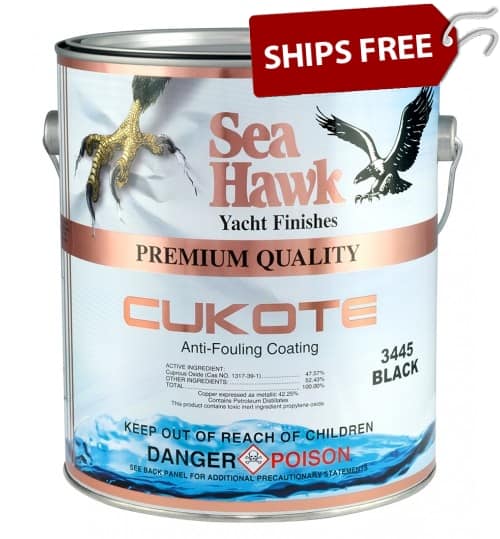
I thought the value was great even though I haven’t used it yet due to my marina being backed up with haul outs so Ill probably get hauled out after hurricane season is over, plus it will be cooler then as well.- Michael W.
The quart I bought was surprisingly heavy but instructions were clear and it was easy to apply. Certainly recommend gloves and a disposable brush. – Peter S.
Boat had never been painted and I prepped and applied 2 coats below the waterline and 3 coats on the waterline . Held up for 2 years in coastal NC waters . Very little growth to remove . Pressure washer blew most of it off . I would call Sea Hawk Cukote a very good product. – D. Bordeaux
After more than 40 years experimenting with different bottom paints on many boats, I’d have to say Sea Hawk paints are the best (least fouling, longest-lasting) ablative paints I have found. – Stephen P.
Quick delivery good pricing. – Robert S.
I kept my sailboat on the Chesapeake in an area with warm brackish water very conducive to barnacle growth. Cukote worked better. – Robert P.
Excellent product. Alfred L.
IMO, this is the best bottom paint. Only requires one coat. – Gerald D.
It is on our boat now and we needed some touch up. – Carol S.
Great product to use on boat bottoms. – Jeffrey R.
Great product and worth every penny!! Joe F., March 3, 2023
Long lasting. William G., Feb 25, 2023
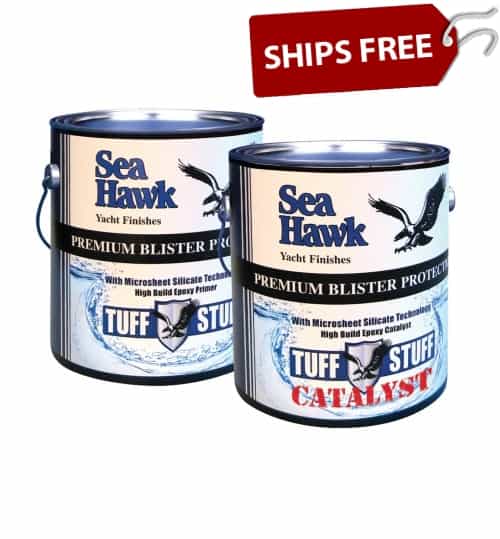
Cleaned the surface, highly recommend a fan or 2 when using. Does have strong odor like any reducer or thinner. – Peter P.
A high quality epoxy paint. I will order it again. – Edward O.
Applied well, pretty happy so far! – Sam B.
Love it. Easy to work with and tough when cured ! Easy to wet sand also in prep for color coats ! – James W.
Very easy to use, just follow the directions. I have not put the boat in the water yet, but I don’t forsee any problems. – Sharon T.
The Sea Hawk Tuff Stuff was very easy to work with and the 1:1 ratio made mixing easy and error free. It went on easily and dried quickly so that I could apply 2 coats plus bottom paint In one day on a 46ft. Motor Yacht. The Sea Hawk Tropicoat was also easy to go on ( I recommend thinning as the paint is extremely heavy with copper). It dries quickly and have a hard service in 15 minutes. I am very happy with both products. – George M.
Great primer, the name says it all. – Eric H.
Very good product. – Nicholas C.


